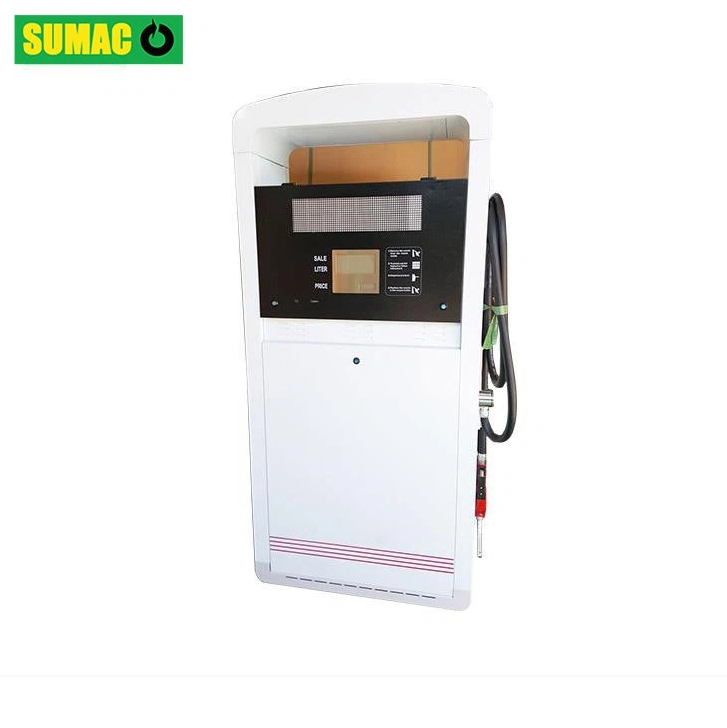The sealing performance of a fuel tank with an integrated pump is critical for preventing fuel leaks, vapor emissions, and potential safety hazards. A well-sealed system ensures compliance with environmental regulations, maintains fuel efficiency, and prevents contamination. Below are key aspects of its sealing performance:
1. Primary Sealing Components
-
Tank Seam & Joint Seals:
-
Modern fuel tanks are typically made of high-density polyethylene (HDPE) or metal with welded seams to minimize leakage risks.
-
Rubber or silicone gaskets are used at access points (e.g., fuel pump flange) to ensure airtight sealing.
-
-
Fuel Pump Module Seal:
-
The pump assembly is secured with a locking ring and an O-ring seal, preventing fuel from escaping around the edges.
-
Ethanol-resistant materials (e.g., fluorocarbon rubber) are used for compatibility with modern fuels.
-
2. Vapor & Pressure Management
-
Evaporative Emission Control (EVAP) System:
-
A sealed tank integrates with the EVAP system to capture fuel vapors and prevent atmospheric release.
-
The rollover valve and vent solenoid ensure pressure balance while preventing leaks during accidents.
-
-
Pressure & Vacuum Relief:
-
Tanks are designed to withstand internal pressure/vacuum fluctuations without seal failure.
-
3. Durability & Environmental Resistance
-
Temperature & Chemical Resistance:
-
Seals must endure extreme temperatures (-40°C to +120°C) and resist degradation from ethanol, diesel, or additives.
-
-
Vibration & Impact Resistance:
-
Automotive tanks are subjected to vibrations; robust sealing prevents loosening over time.
-
4. Testing & Certification Standards
-
Leak Testing:
-
Manufacturers conduct pressure decay tests and helium leak detection to verify seal integrity.
-
-
Regulatory Compliance:
-
Must meet SAE J2044 (for evaporative emissions) and ISO 9001 (quality standards).
-

-
